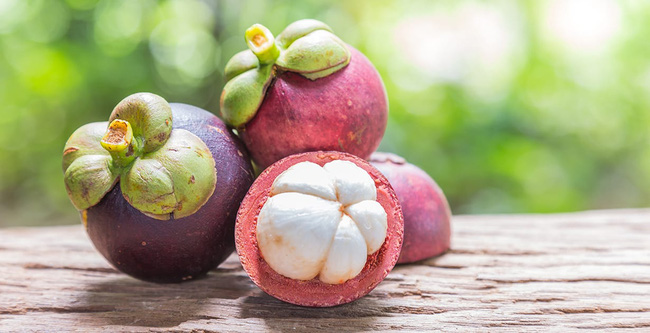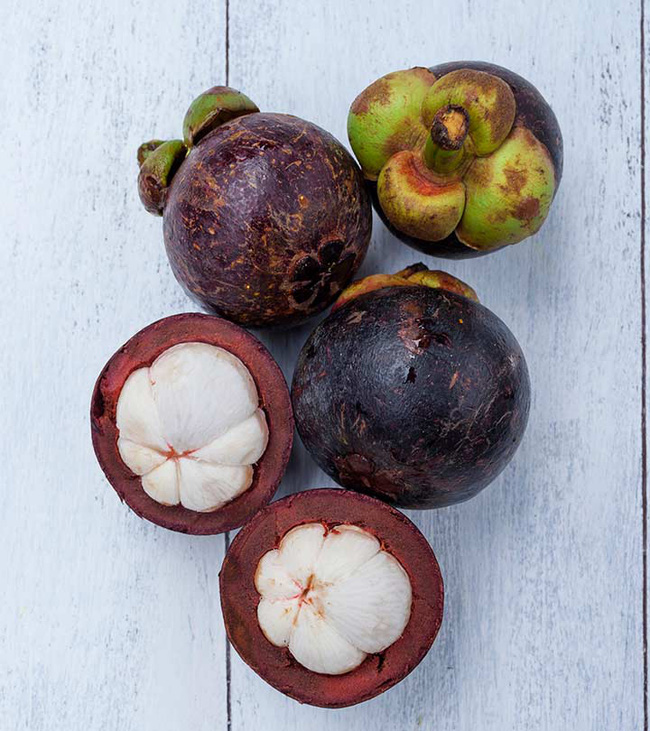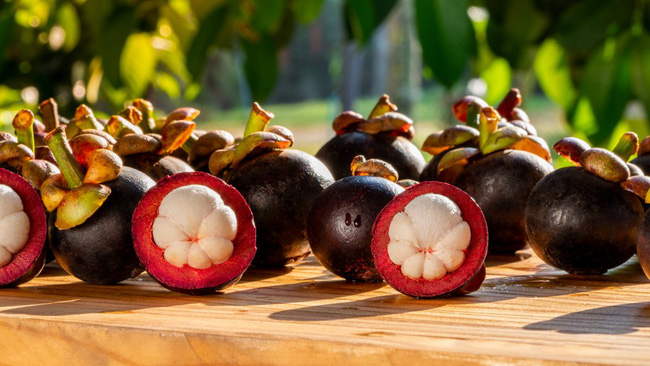Many mothers have had to swallow their disappointment when choosing to buy damaged or withered mangosteens, unable to eat any of the flesh while the cost of this fruit is not cheap and the peel is heavy. Therefore, even though it is delicious, many mothers also have the psychological tendency to “avoid” and buy less of this fruit.
With the small tips below, you are sure to buy fresh and delicious mangosteens with attractive white flesh.

– If you buy a small quantity of mangosteens to eat right away, choose fruits with dark purple color – these are ripe fruits, sweeter and can be eaten right away. But if you buy a lot to eat gradually over a few days, choose fruits with dark purple color and fruits with red color – these are not fully ripe yet and slightly sour, you will keep them longer.
– When buying mangosteens, the size of the fruit is not important, as long as you choose the right fruit, the mangosteen will be delicious. In each mango, there are usually 4-8 segments, and the number of segments inside the mangosteen is the number of “wings” on the stem at the bottom of the mangosteen. Usually, out of all the segments, only 1-2 segments have seeds inside.

– Many mothers think that the stem of the fruit must be withered for the mangosteen to be ripe and delicious – this is a misconception. You should definitely choose mangosteens with fresh green stems, not choose mangosteens with withered stems, as they are old mangosteens, and the flesh inside the segments will easily dry out and shrink.
– Avoid mangosteens with cracked or hardened outer skin. When touching the hard and brittle skin, these are the mangosteens that have fallen from the tree or have been heavily bumped during transportation, causing the skin to be damaged and the flesh inside to be spoiled.

– Pay attention to mangosteens with hardened yellow droplets on the peel – this is the resin of the mangosteen that has leaked out when the fruit is heavily bumped or fallen from the tree. For 100% safety, you should also avoid these fruits.
– And finally, you should choose mangosteens with rough brown peel, which is natural and very delicious!
According to Dan Sinh Newspaper

































